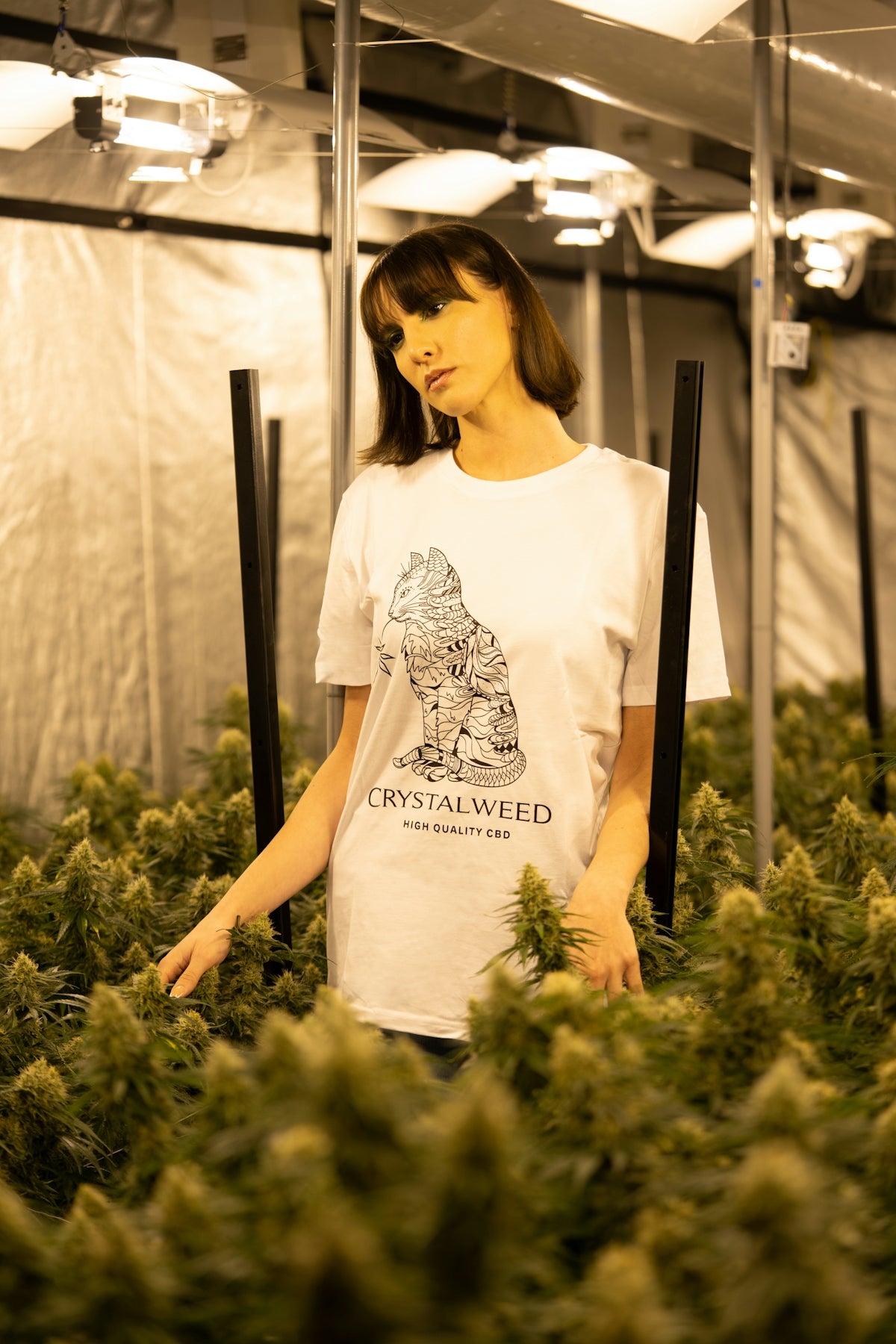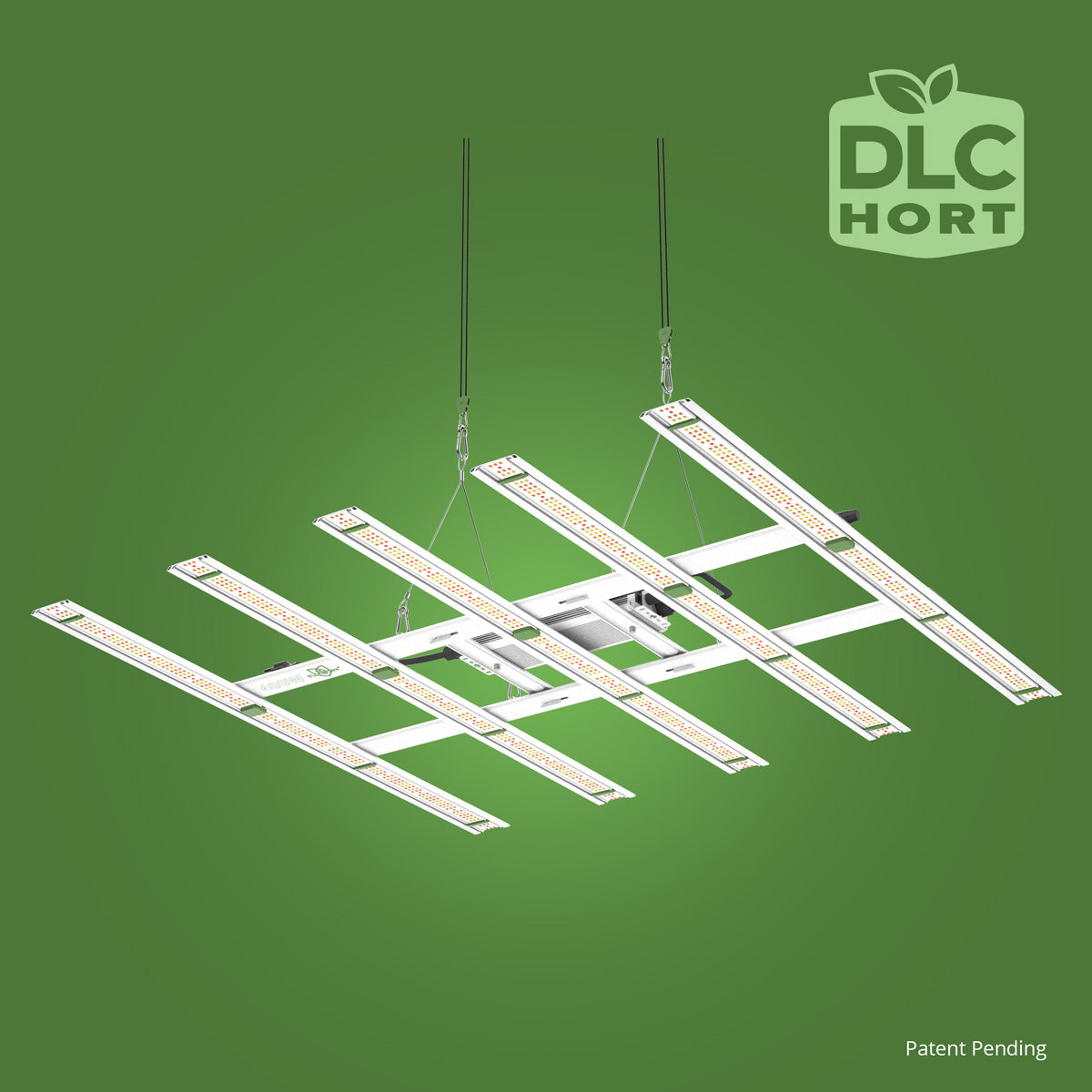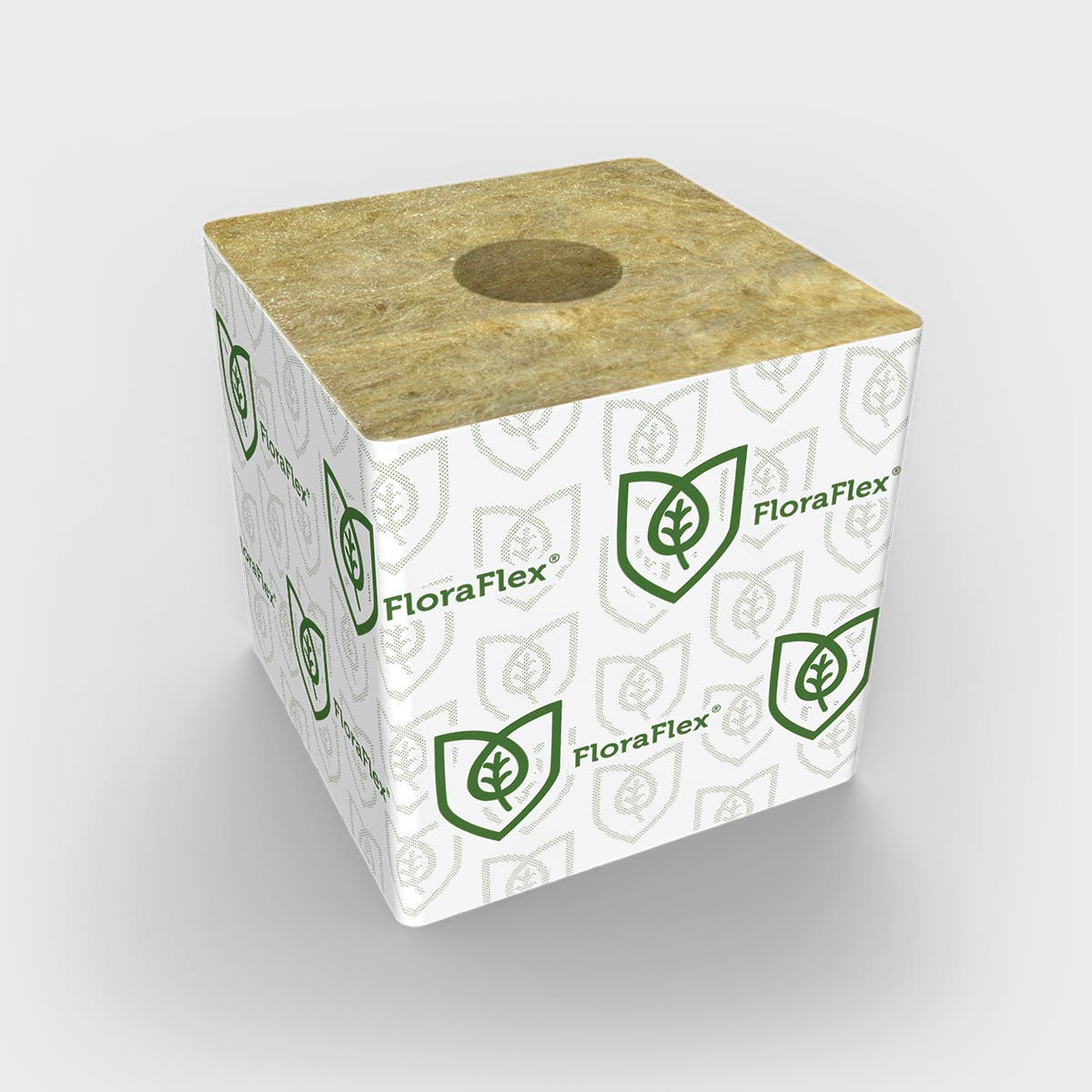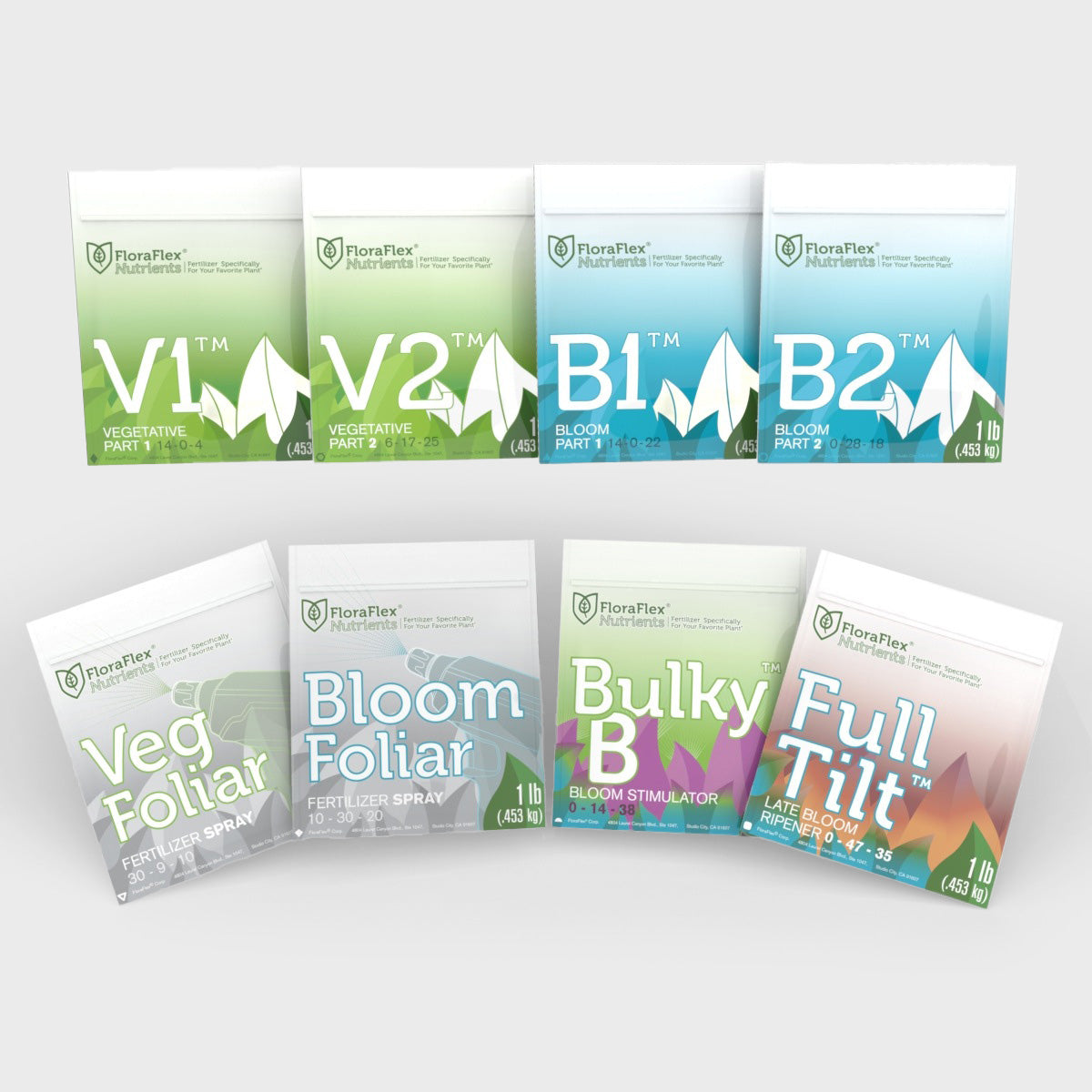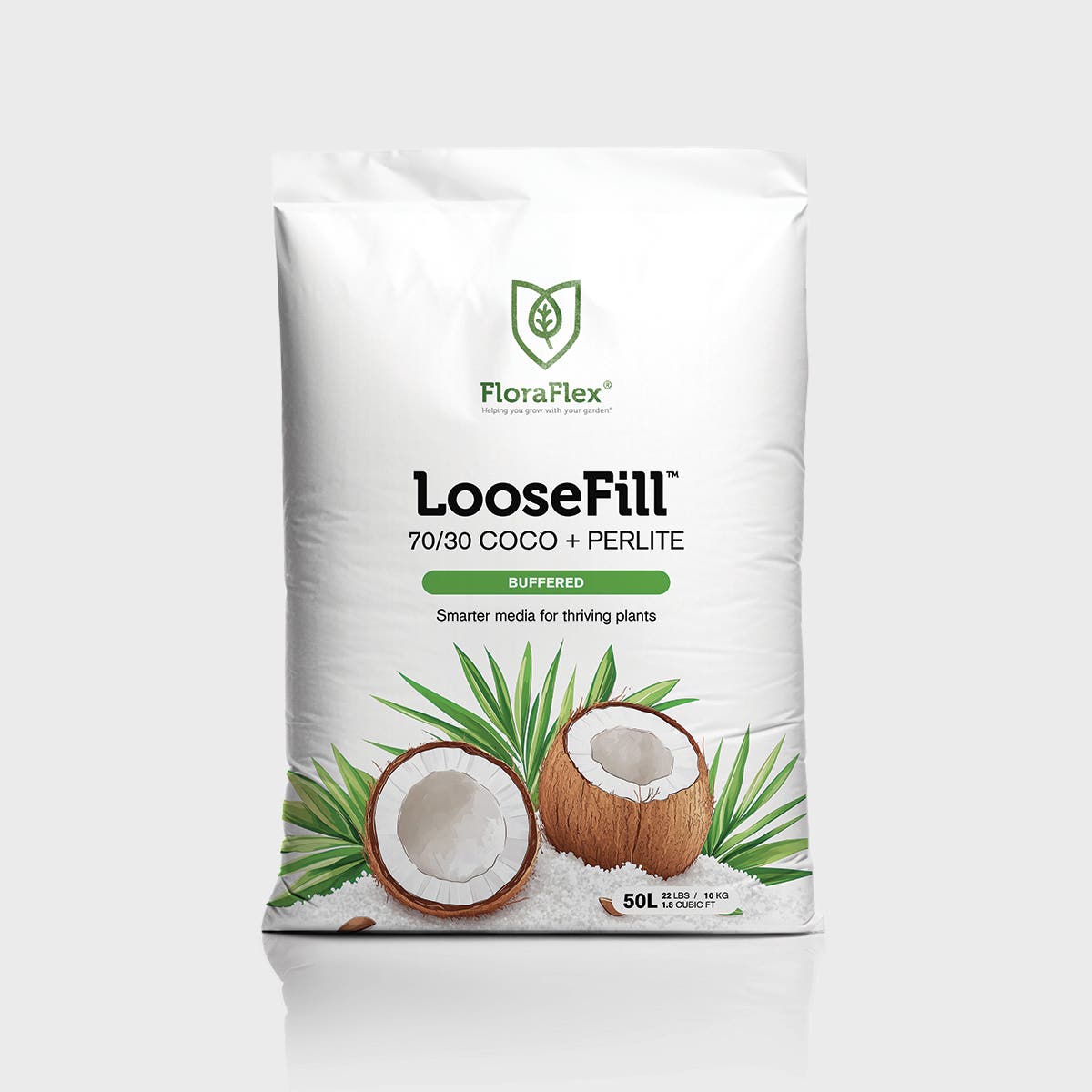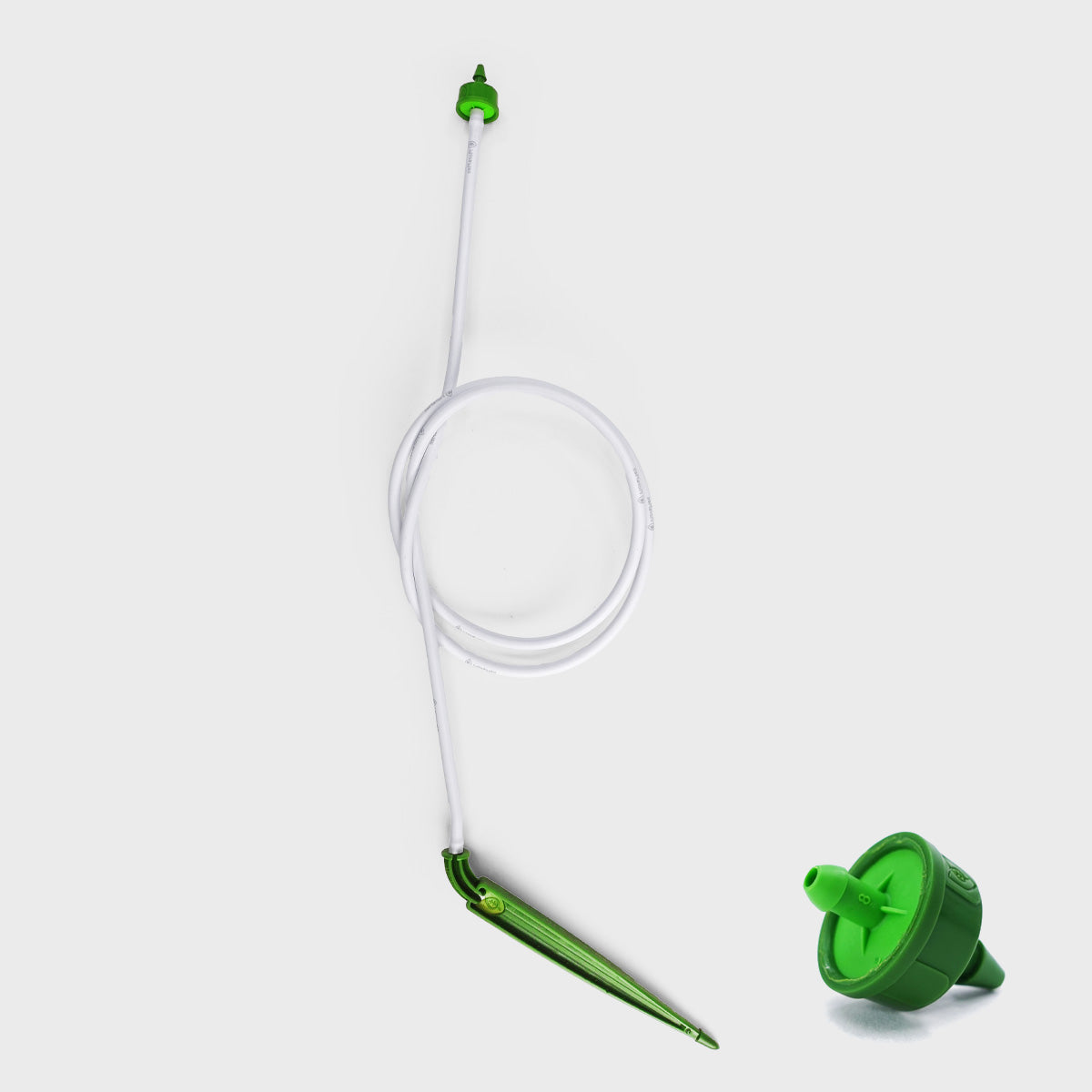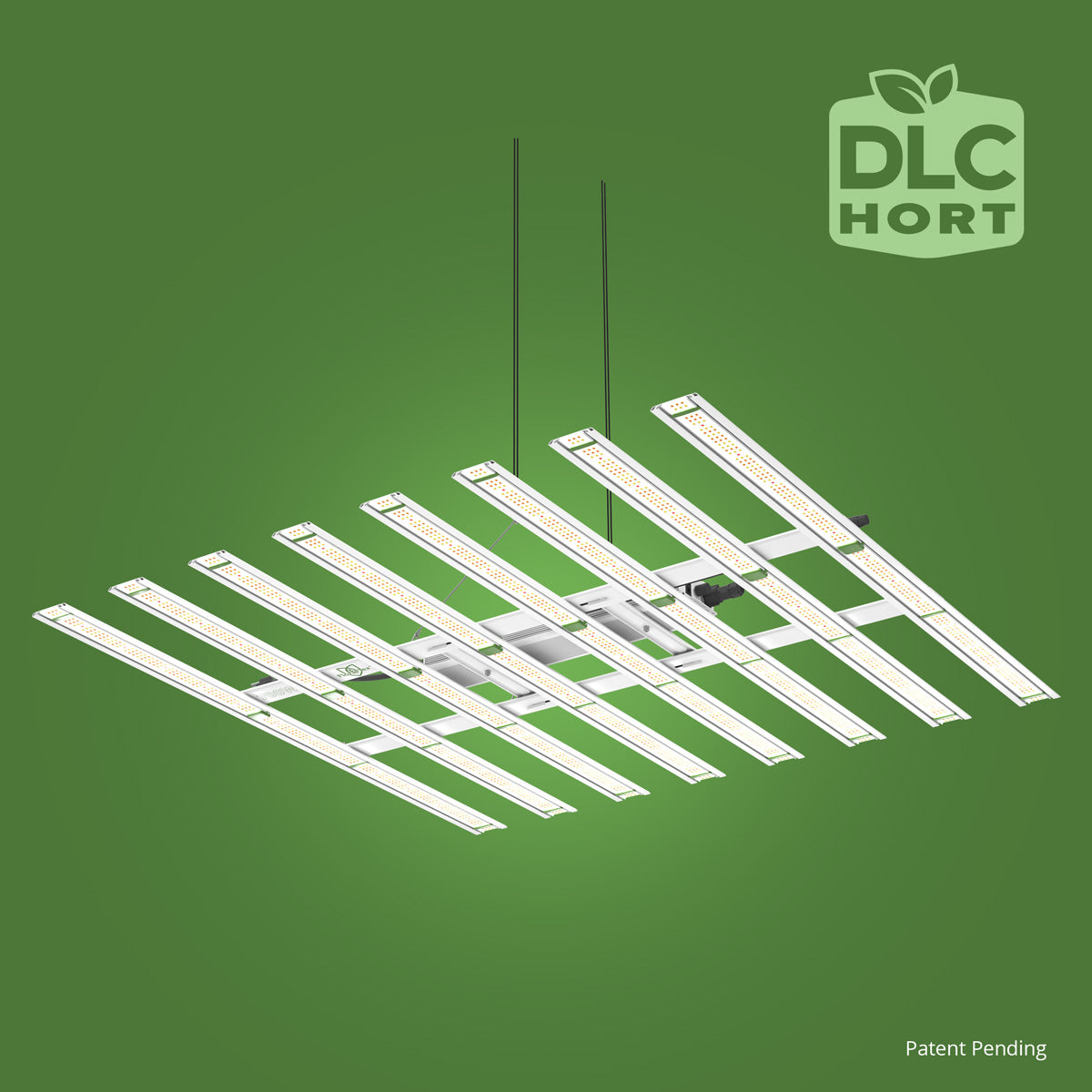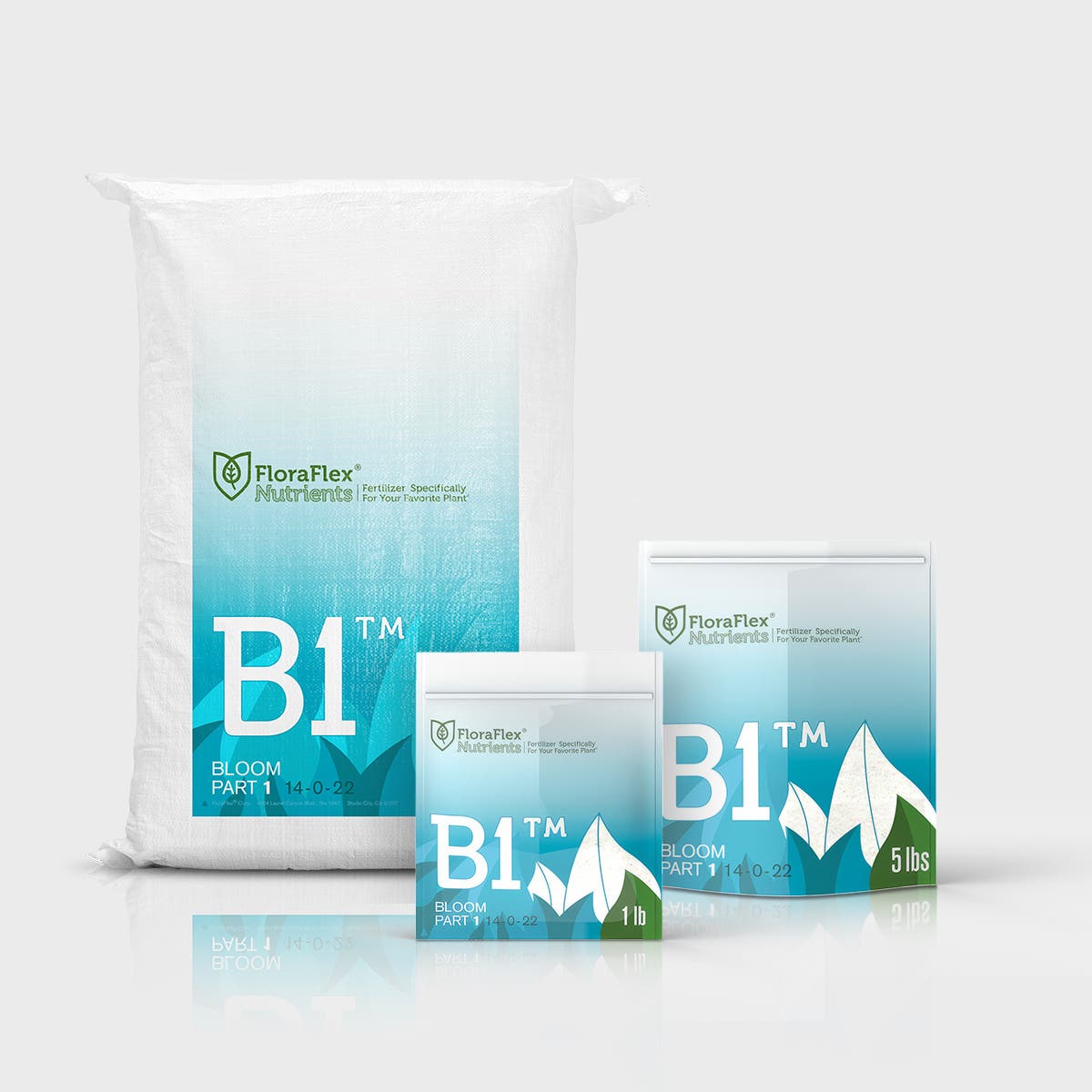Cannabis cultivation is an evolving art that balances science, patience, and passion. As growers hone their skills, a pivotal choice confronts them: Should they nurture their cannabis plants indoors or outdoors? Each approach presents unique advantages and challenges, ultimately affecting yield quality, plant health, and resource efficiency.
In this blog post, we'll explore the distinctions between indoor and outdoor cannabis growing techniques. We'll delve into the environmental factors, equipment needs, and cultivation methodologies that define each approach. This journey will not only sharpen your understanding of cannabis growing but also help you determine the best path for your cultivation ambitions.
The Basics of Indoor Cannabis Cultivation
Indoor cannabis growing necessitates a more controlled environment compared to its outdoor counterpart. Here, growers curate every aspect of the plant's habitat, from the light cycle to humidity levels.
Control and Environmental Manipulation
One of the primary advantages of indoor cultivation is absolute control. Growers can manipulate lighting, temperature, humidity, and CO2 levels, which allows for precise management of the plant's growth stages. This control is especially appealing in regions with unpredictable climates or during seasons unfavorable for plant growth.
Equipment and Resources
Indoor setups typically require a significant investment in equipment. Essential tools include grow lights, ventilation systems, and often climate control mechanisms like humidifiers and dehumidifiers. Growers may also invest in hydroponic systems or soil alternatives like the 6" FloraFlex Wool, which provide excellent water retention and aeration.
Yield and Quality
Indoor cultivation can yield high-quality buds with potent cannabinoid content. The controlled environment reduces the risk of pest infestation and enables growers to fine-tune the growth conditions, enhancing the plant's terpene profile. However, this approach may require significant labor and energy costs, impacting overall sustainability.
The Natural Advantages of Outdoor Growing
Outdoor growing harnesses the power of nature, allowing cannabis plants to thrive in their native environment. This method is often celebrated for its simplicity and cost-effectiveness.
Climate and Natural Resources
Cannabis has been cultivated outdoors for centuries, relying on natural sunlight, rain, and earth. Outdoor growers benefit from the sun's full spectrum, which supports robust plant development. Moreover, outdoor cultivation can be less resource-intensive, as nature provides many of the elements required for plant growth.
Space and Scalability
Outdoor grows often have the advantage of space, which can lead to higher overall yields. The room to grow and spread can reduce crowding and improve airflow around the plants, decreasing the likelihood of mold and mildew.
Cost and Labor
The natural setting eliminates the need for elaborate equipment setups found in indoor operations. While outdoor cultivation is subject to weather conditions, pests, and fluctuating environmental factors, it often requires less labor on a per-plant basis once established.
Comparing Yields and Potency
While both indoor and outdoor methods can produce high-quality cannabis, the growing conditions significantly affect the final product's aroma, flavor, and potency.
Indoor Yield Management
Indoor growers can cultivate cannabis year-round, producing multiple harvests in a calendar year. The meticulous control over the environment can result in superior quality control, ensuring consistent cannabinoid levels and terpene profiles.
Outdoor Yield Potential
In favorable climates, outdoor cultivation can produce larger yields due to the natural growth cycles. Sunlight and natural environmental conditions can lead to outdoor plants developing unique terpene profiles, sometimes favoring those who seek a more organic cannabis experience.
Sustainability and Environmental Considerations
As the world moves towards more sustainable agricultural practices, the environmental impact of cannabis cultivation cannot be overlooked.
Indoor Cultivation Impact
Indoor growing tends to have a larger carbon footprint. Energy-intensive lighting, heating, and ventilation systems can significantly impact the environment. Still, innovative products like the 6" FloraFlex Wool can optimize water usage and reduce some aspects of resource consumption.
The Green Edge of Outdoor Cultivation
Outdoor cultivation aligns more closely with sustainable practices, as it predominantly uses natural resources. However, the method's sustainability hinges on responsible land use and pest management practices that protect local ecosystems.
Conclusion
Choosing between indoor and outdoor cannabis cultivation depends on numerous factors, including climate, space, resource availability, and personal preferences. While indoor growing offers extensive environmental control and year-round cultivation, outdoor growing can provide a cost-effective and environmentally friendly approach.
Whether you opt for the indoor precision or the organic embrace of outdoor growing, advancements in products and techniques like those available through FloraFlex can significantly improve your growing experience. As the industry evolves, so too will the tools and systems that support both indoor and outdoor cannabis cultivation, continuously advancing the potential of this remarkable plant.

